We are inviting chapter submissions for a new edited collection focusing on gender and horror. This edited collection aims to re-examine horror in an era of remakes, reboots and re-imaginings.
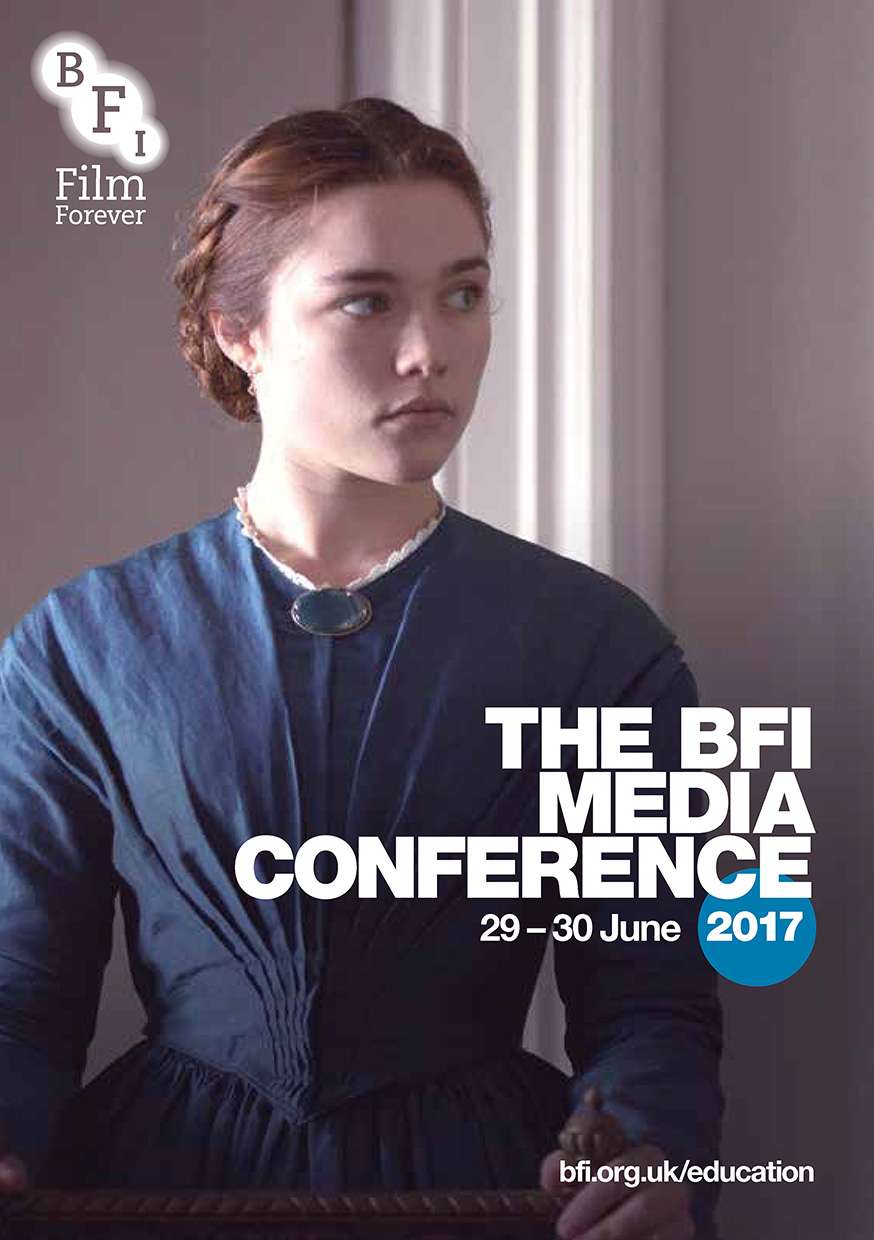
The BFI Media Conference is a unique event for teachers of film and media at 16+ and in HE, bringing together an exciting mix of new and creative ideas from the worlds of the media industries, teaching and research.
The International Journal of Digital Television has published a special issue on Television Formats . A variety of topics from the field of Television Format research are covered in the contributions by Jean K. Chalaby and Andrea Esser, Joe F. Khalil, Martin N. Ndlela, Michael Keane and Joy Danjing Zhang, Wenna Zeng and Colin Sparks, Enrique Uribe-Jongbloed and Ethel Pis Diez, Paul Torre, and Tom Evens and Andrei Richter.
Transformations of Television Industries Transformations of Television Consumption Practices Transformations of Televisual Aesthetics, Narratives and Identities 21 st Century Transnational and Transmedia Television Practices Wednesday the 13 th of September to Friday the 15 th of September, 2017, University of Westminster, 309 Regent St, London.
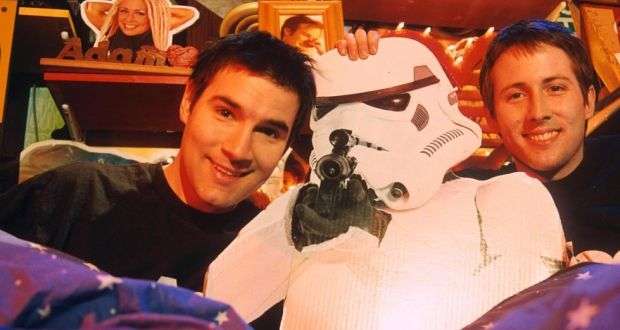
A long time ago, in a galaxy not so far away, Friday nights were (all too briefly) enlivened by a pair of young scamps with a penchant for critiquing popular culture, whether mounting toy-based parodies of contemporary film and television, utilising Star Wars figurines to skewer trash TV formats, or dispensing Vinyl Justice to the mad, bad and (occasionally) dangerous of rock ‘n’ pop.

** ** In a recent Sight and Sound article (March 3 2017) Nick James made an interesting observation about BBC1’s latest historical/period drama, Taboo (BBC1, 2017, Scott, Hardy et al). Likening its look and characters to an Alan Moore graphic novel (“ From Hell ”), Taboo , according to James, has a “peculiar iconography” that “yearns to be linked…with the shadows…only graphic novelists care about.” (James,

First, and for the record, let me state that I’m not a huge fan of superheroes.

Music video program Rage made its debut on ABC TV 30 years ago this week, on Friday April 17 1987. At the time of its debut Rage was one of five similar music video programs on Australian TV including Video Hits and a local version of MTV. As the others slowly died, morphed or were replaced, Rage has continued with an unwavering commitment to giving Australian audiences access to the weird and wonderful world of music videos.
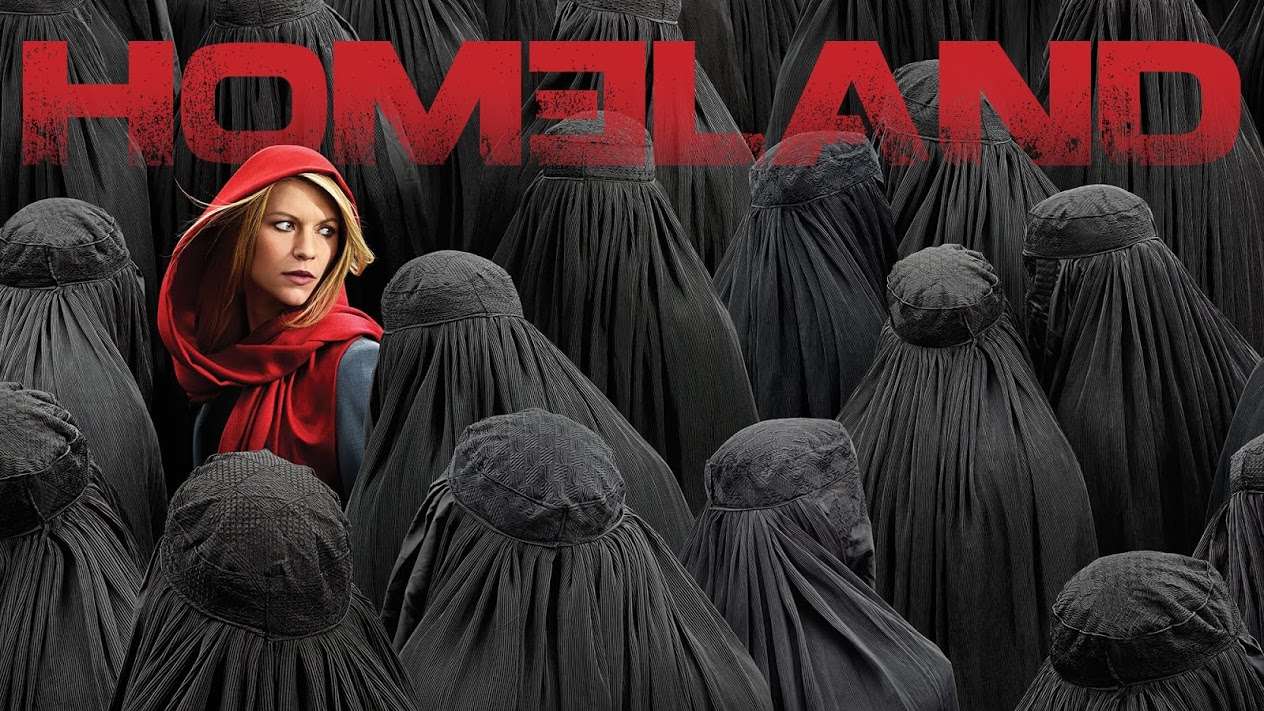
In endeavoring to comprehend the current conjuncture, I’ve been trying to think back a hundred, fifty, twenty, even ten years. Could I have imagined, just a decade ago, that the following would be progressive nostra today?
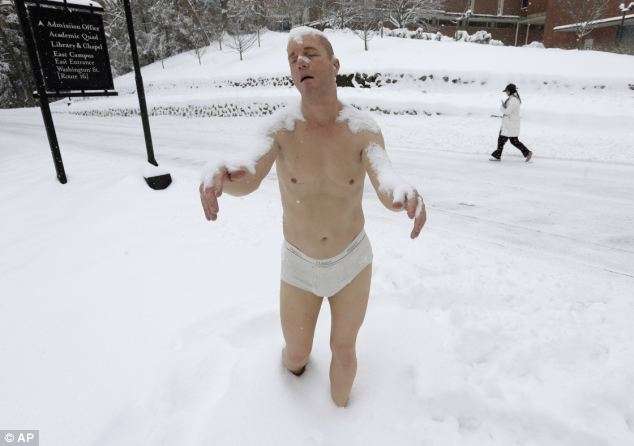
In 2016, several UK universities regrettably adopted the use of trigger warnings to signal ‘potentially disturbing’ material on course syllabi.
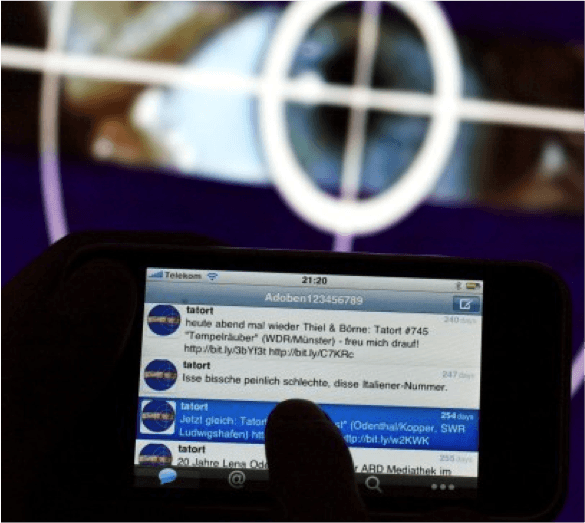
Viewing practices in the age of second screens Watching television has always been a social activity. Recently, audience practices have been changing with the introduction of new forms of media technologies such as smartphones and tablet computers. Audience members have the option to log onto the Internet anytime and anyplace – even while watching television.